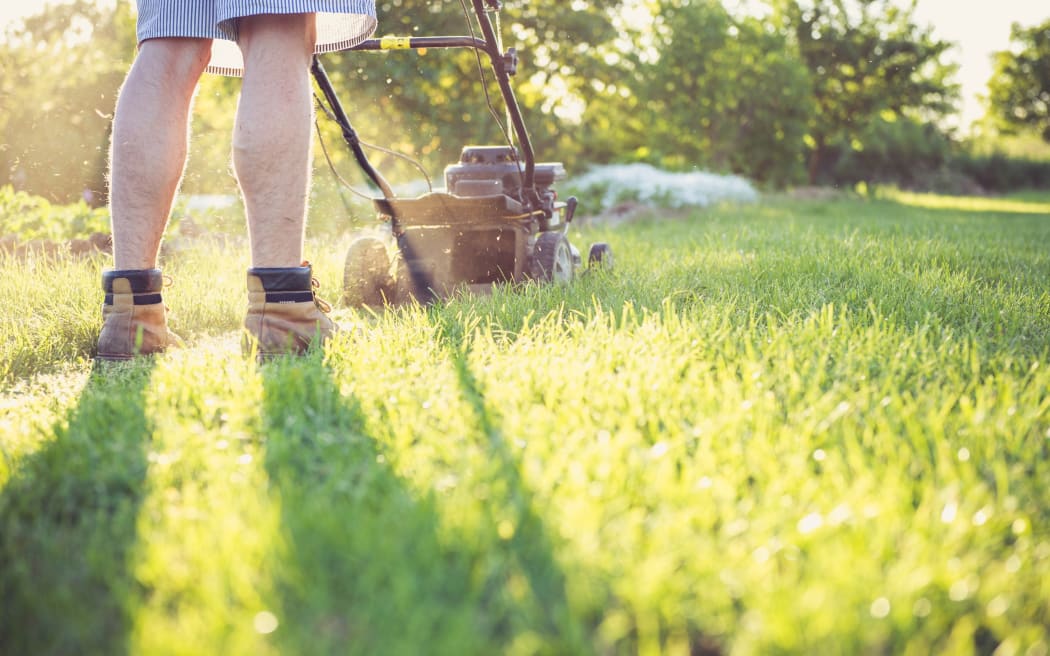A lot of urban areas are grassed by default and the planet would be better off if we planted trees instead, says AUT professor Len Gillman.
He's been writing about the downsides of mowed grass for the research paper Calling Time on the Imperial Lawn.

Photo: Pexels
Although lawns are often thought to capture carbon from the atmosphere, that’s not quite the case, Gillman tells Jesse Mulligan.
If a lawn is mown, watered, and fertilised, it can emit up to about 157 tonnes of equivalent carbon dioxide over a 20-year period, he says.
“If you're looking at your own personal patch of grass, it's not a huge amount, but it certainly adds up all over the world. The US, for example, has got as much mown grass as the entire area of England and Belgium combined.”
The grass growing on roadside berms, backyards and parks doesn't often have a particular utility, Gillman says.
“Roadsides around the main highways in New Zealand, we estimate that up to 8 million tonnes of carbon dioxide could be absorbed over 20 years if that was planted with shrubs. And of course, after 20 years, even more.”
Councils routinely mow grass without considering whether this is a destructive activity, he says.
“They should do an assessment of all their lawn spaces and then ascertain which ones are then they can retire and revegetate into trees.”
Public parks could be more vegetated, too.
“With some parkland, you can have trees with open spaces, and a little bit of grass between them. Every bit of tree biomass that we add to a lawn heads carbon both into that tree and into the soil.”
So what is a better way forward? Local authorities should start with an audit of all grassed areas via GIS (Geographic Information System) software.
“How much of that can we possibly convert back into forest?”
Grassed lawns were once a status symbol, he says.
“They came about in Europe and the gentry folk, this is before lawnmowers were invented, they would take pasture land and take the animals off it and then hand clip it. And it was basically to demonstrate that they had lots of money and didn't need to graze the land.
“And so, it was a bit of a sort of a snob sort of thing. And then the colonial powers in Europe, exported this concept of a lawn around the world as they colonized and took over other people's land.
“It was never normal in the past. And, of course, most of our lawn areas that we have were once forest and so they are a degraded environment relative to what they used to be. They used to have a huge amount of carbon on them as forest.”

